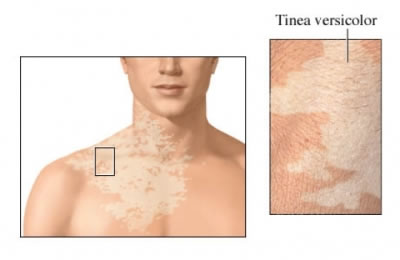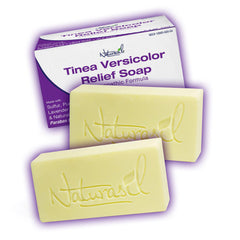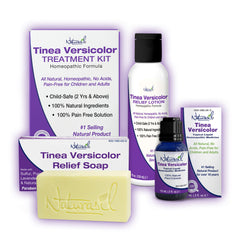Al igual que las infecciones por hongos, la mayoría de los tipos de tiña son extremadamente contagiosos. Se transmiten de persona a persona de diversas maneras e incluso de animales a personas. Los hongos que causan la tiña, conocidos como dermatofitos, se encuentran en todo el mundo y son muy frecuentes. En Estados Unidos, se estima que el 70 % de la población padecerá algún tipo de tiña en algún momento de su vida. Esta alta prevalencia subraya la importancia de estar alerta y reconocer el aspecto y la sensación de la tiña. La excepción a esto es... tiña versicolor, que se produce debido a que los hongos que se encuentran naturalmente en la piel crecen sin control.
Quizás la más común de las formas contagiosas de tiña es tiña del pie o pie de atleta. Si bien cualquier persona puede correr el riesgo de contraer este tipo de infección fúngica en los pies, es más común en niños y hombres de entre 16 y 45 años. Esto se debe, en parte, a que los dermatofitos proliferan en condiciones húmedas y cálidas; entre los lugares más comunes donde se contrae la tiña del pie se encuentran los vestuarios, las piscinas públicas y las duchas comunes. Si una persona con tiña del pie camina descalza en estos lugares, las condiciones son perfectas para que los dermatofitos sobrevivan, sin que otra persona descalza que pase por allí se entere y, finalmente, desarrolle esta infección fúngica altamente contagiosa.
De igual manera, los dermatofitos pueden existir en otros lugares húmedos y cálidos. Estos pueden incluir toallas y ropa, especialmente calcetines sudados. Todos los tipos de tiña se pueden contraer al compartir toallas, ropa y ropa de cama sin lavar con alguien que tenga un caso activo de tiña. Es tal su contagiosidad que es una forma común de contraer no solo la tiña del pie, sino también... tiña de la cabeza (tiña en el cuero cabelludo), tiña ungueal (una infección por hongos en las uñas), tiña crural (una erupción que pica en la ingle o las nalgas), y tiña corporal (tiña en cualquier otra parte del cuerpo).
Como infección fúngica contagiosa, la tiña también puede vivir en otras superficies. La barbería, la peluquería e incluso el salón de uñas pueden ser lugares donde se propagan casos de tiña. En el caso de la tiña de la cabeza, los cepillos y peines comunes que no se han limpiado y secado correctamente pueden ser la causa, mientras que el daño causado a las uñas por una pedicura puede aumentar el riesgo de tiña ungueal: si están presentes en los utensilios o toallas, los dermatofitos contagiosos pueden penetrar más fácilmente en una uña dañada.
Además, la tiña puede transmitirse directamente de persona a persona, o de animal a persona, a través del contacto directo con la zona afectada. Por ejemplo, al tocar el pie de atleta de otra persona o dormir junto a un perro o gato con tiña.
Aunque la tiña es altamente contagiosa, no hay de qué preocuparse. Conociendo los factores de riesgo y dónde se encuentra con mayor frecuencia, se puede reducir la probabilidad de contraer esta infección fúngica. Y, si se presenta un caso de tiña, nuestro... productos Ofrecen una forma segura, eficaz y confiable de curar la enfermedad y prevenir su recurrencia.






